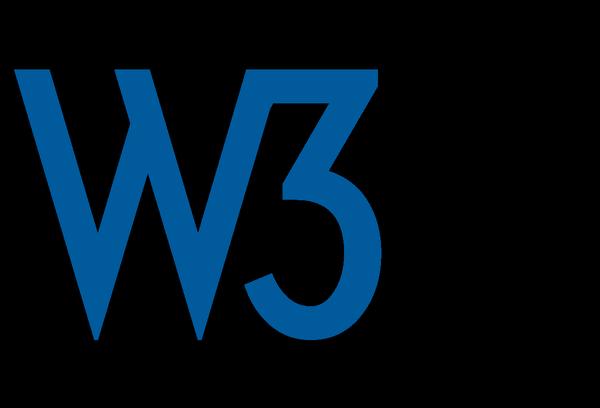Introduction
Foundedin1994,theWorldWideWebConsortiumisthemostauthoritativeandinfluentialinternationalneutraltechnicalstandardorganizationinthefieldofWebtechnology.Sofar,W3Chaspublishedmorethan200far-reachingWebtechnologystandardsandimplementationguidelines,suchashypertextmarkuplanguage(anapplicationunderthestandarduniversalmarkuplanguage),andextensiblemarkuplanguage(standarduniversalmarkupAsubsetoflanguage)andtheInformationAccessibilityGuidelines(WCAG)thathelppeoplewithdisabilitiestoeffectivelyobtainWebcontent,etc.,haveeffectivelypromotedthecompatibilityofWebtechnologies,andprovidedfundamentalandfundamentalsupportforthedevelopmentandapplicationofInternettechnologies.effect.
Thecorrespondingstandardsarealsodividedintothreeaspects:structuredstandardlanguagesmainlyincludeXHTMLandXML,performancestandardlanguagesmainlyincludeCSS,andbehaviorstandardsmainlyincludeobjectmodels(suchasW3CDOM),ECMAScript,etc.MostofthesestandardsaredraftedandpublishedbyW3C,andsomearestandardsformulatedbyotherstandardsorganizations,suchastheECMAScriptstandardofECMA(EuropeanComputerManufacturersAssociation).

StructuralStandardLanguage
1.ExtensibleMarkupLanguage(asubsetofStandardUniversalMarkupLanguage,foreignlanguageabbreviation:XML).ItisnowrecommendedtofollowtheXML1.0releasedbytheWorldWideWebConsortiumonOctober6,2000.LikeHTML,XMLalsocomesfromtheStandardUniversalMarkupLanguage.BothExtensibleMarkupLanguageandStandardUniversalMarkupLanguagecandefineotherlanguages.XMLwasoriginallydesignedtomakeupforthedeficienciesofHTML,andtomeettheneedsofnetworkinformationpublishingwithpowerfulscalability,andthengraduallyusedfornetworkdataconversionanddescription.ThereisnotmuchtosayaboutthebenefitsofXMLandthetechnicalspecifications.TherearemanymaterialsontheInternet,andtherearemanybooksforreference.
2.ExtensibleHypertextMarkupLanguage(foreignlanguageabbreviation:XHTML).ThecurrentrecommendationistofollowtheWorldWideWebConsortium’srecommendationofXML1.0onJanuary26,2000.AlthoughXMLhaspowerfuldataconversioncapabilitiesandcancompletelyreplaceHTML,itisstilltooearlytodirectlyadoptXMLinthefaceofthousandsofexistingsites.Therefore,onthebasisofHTML4.0,weextendeditwiththerulesofXMLandobtainedXHTML.Simplyput,thepurposeofestablishingXHTMListorealizethetransitionfromHTMLtoXML.
Performancestandardlanguage
1.Cascadingstylesheet(foreignlanguageabbreviation:CSS).ThecurrentrecommendationistofollowtheWorldWideWebConsortium’srecommendationofCSS2onMay12,1998.CSS3hasbeenreleased,andmainstreambrowsersaregraduallysupportingit,andprogrammershavebeguntouseCSS3toreplacethelongoldcodeinthepast.ThepurposeoftheWorldWideWebConsortiumtocreatetheCSSstandardistoreplacetheHTMLtableformatlayout,frames,andotherpresentationlanguageswithCSS.ThecombinationofpureCSSlayoutandstructuredXHTMLcanhelpdesignersseparateappearanceandstructure,makingsiteaccessandmaintenanceeasier.
BehaviorStandard
1.DocumentObjectModel(foreignlanguageabbreviation:DOM)AccordingtotheW3CDOMspecification,DOMisaninterfacewithbrowsers,platforms,andlanguages,allowingyoutoaccessOtherstandardcomponentsofthepage.Simplyunderstand,DOMresolvestheconflictbetweenNetscaped'sJavascriptandMicrosoft'sJscript,givingwebdesignersanddevelopersastandardwaytoaccessdata,scripts,andpresentationobjectsintheirsites.
2.ECMAScriptECMAScriptisastandardscriptinglanguage(JAVAScript)developedbyECMA(EuropeanComputerManufacturersAssociation).ItisrecommendedtofollowECMAScript262
